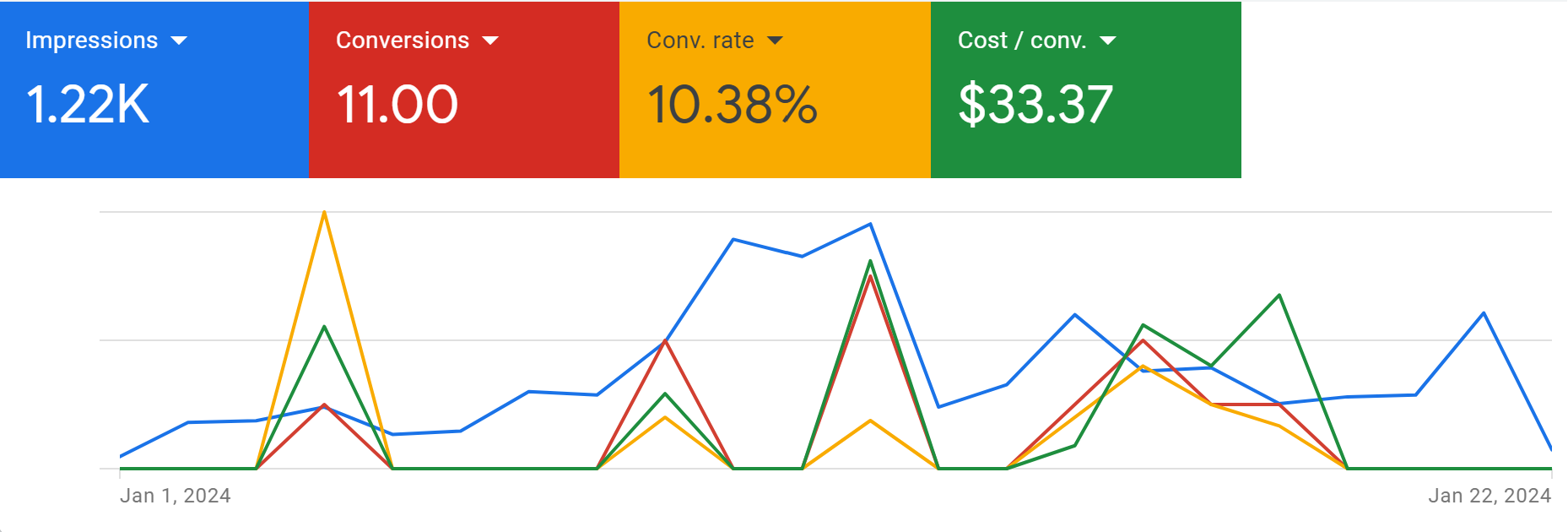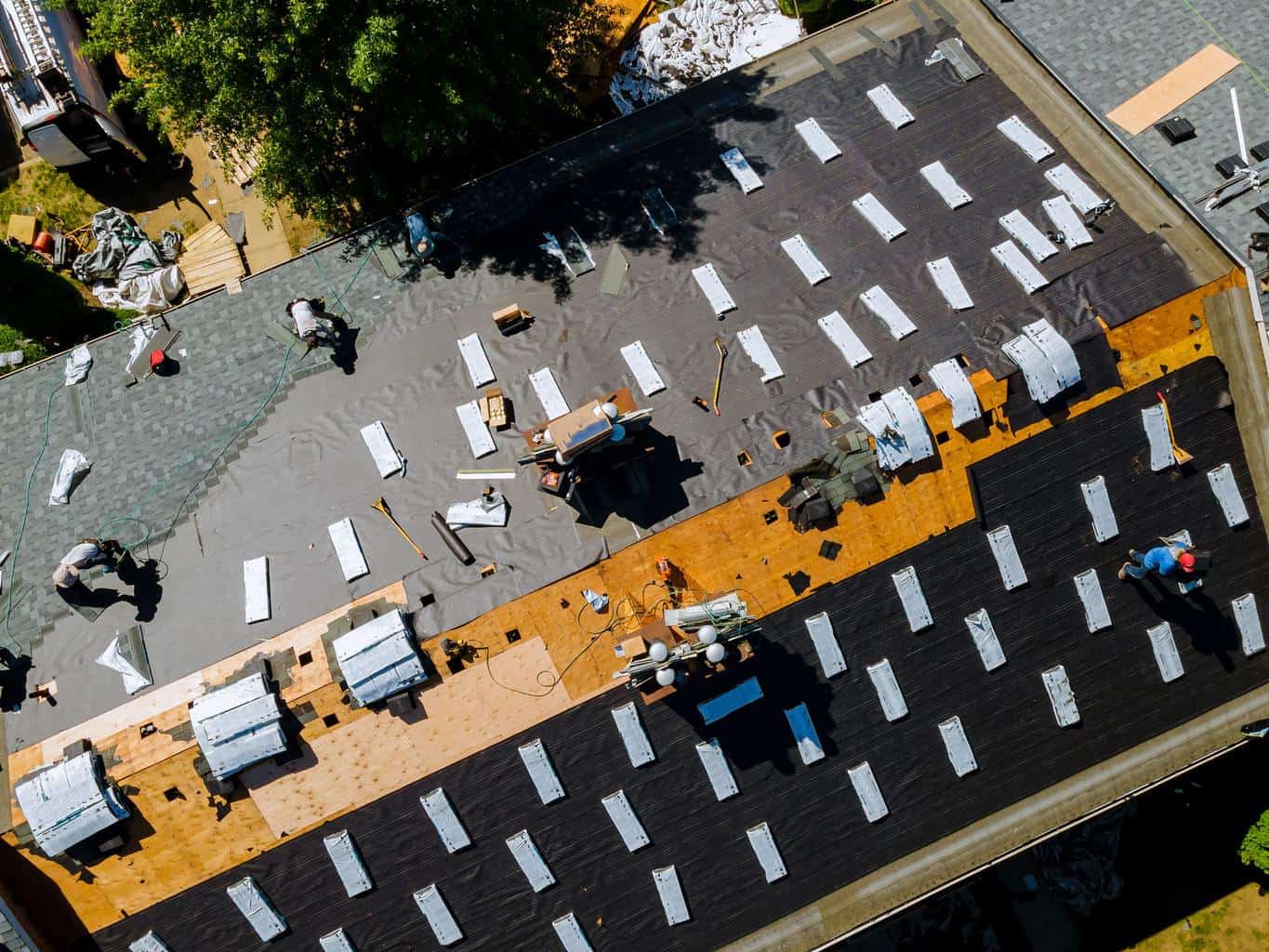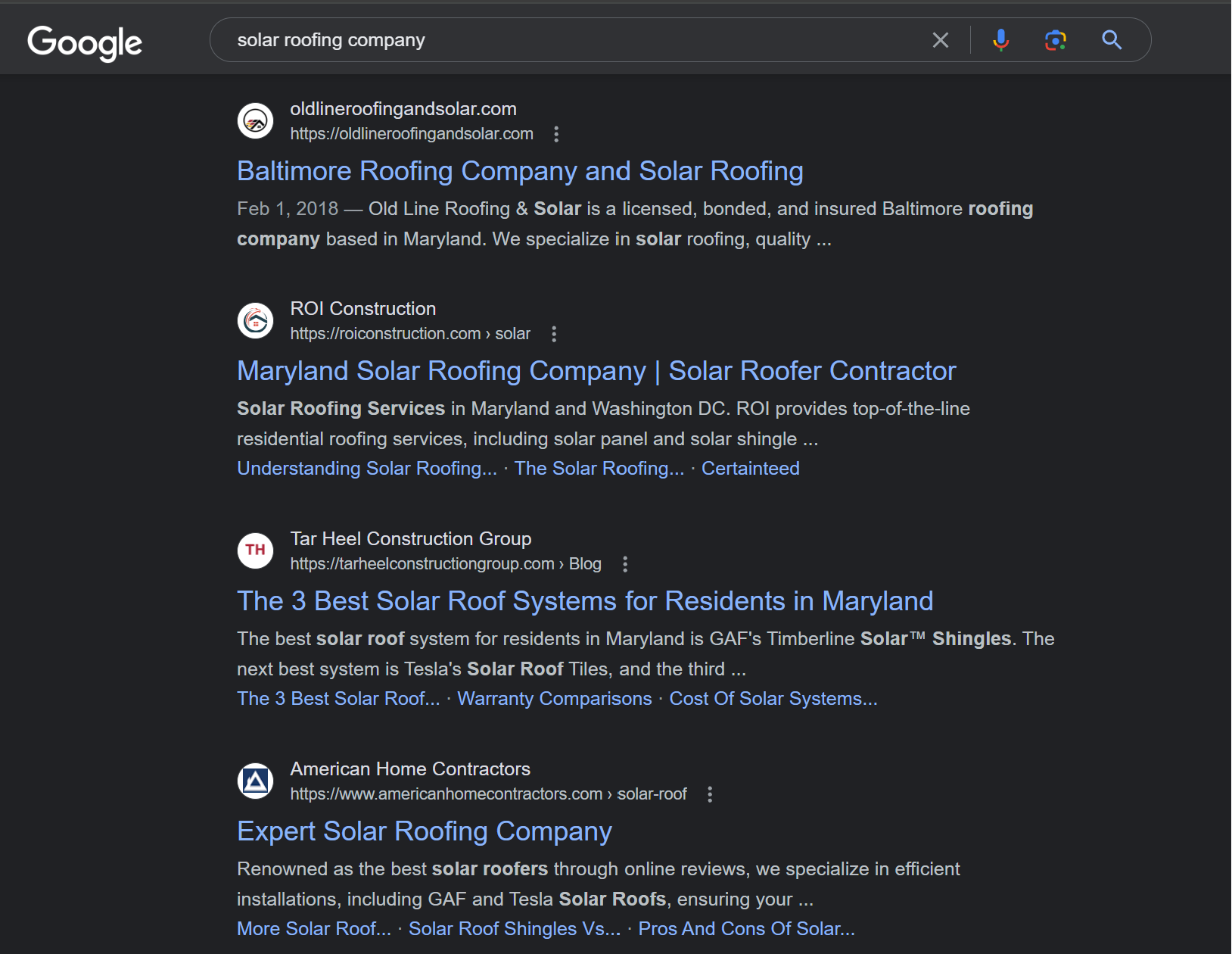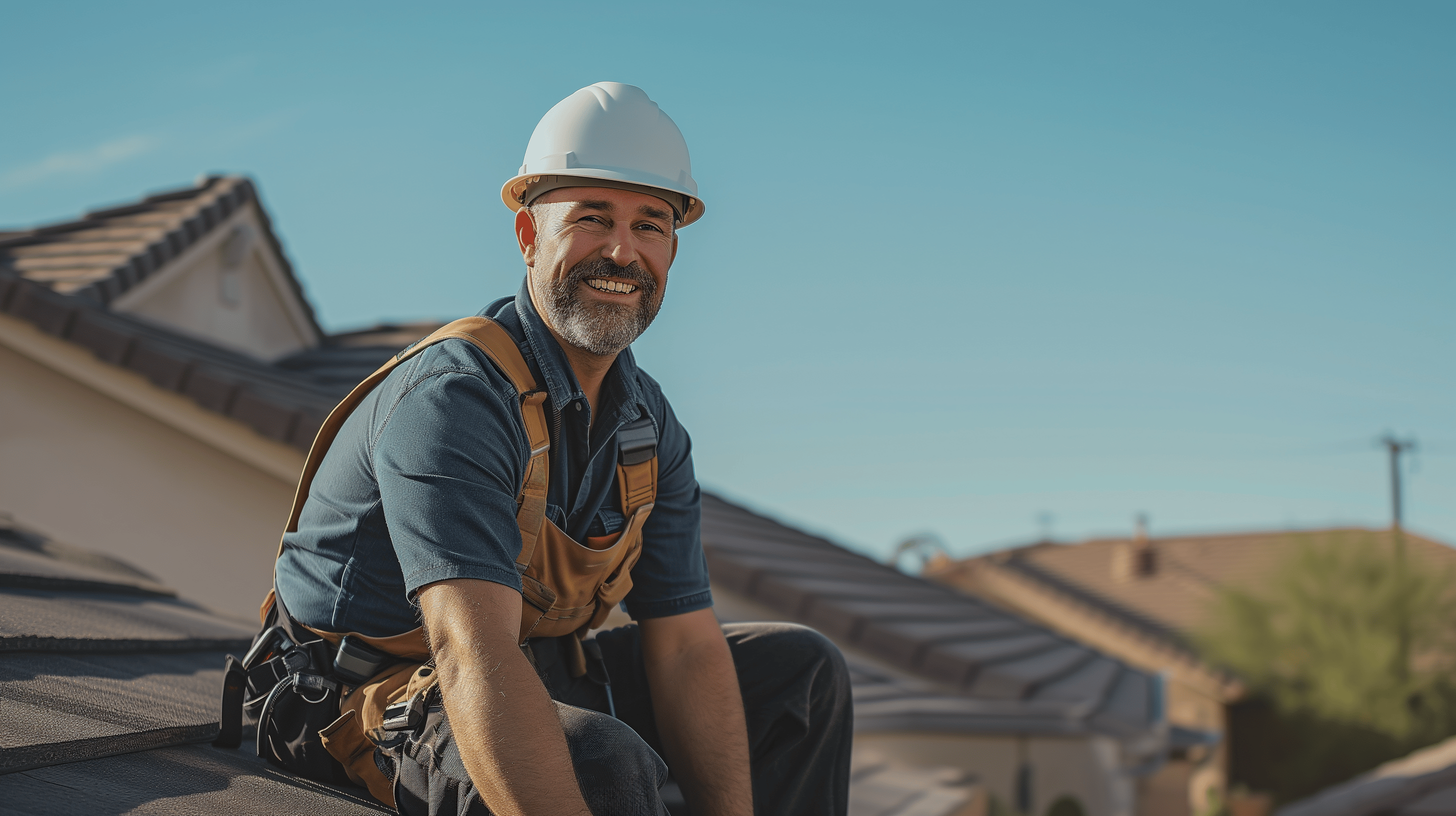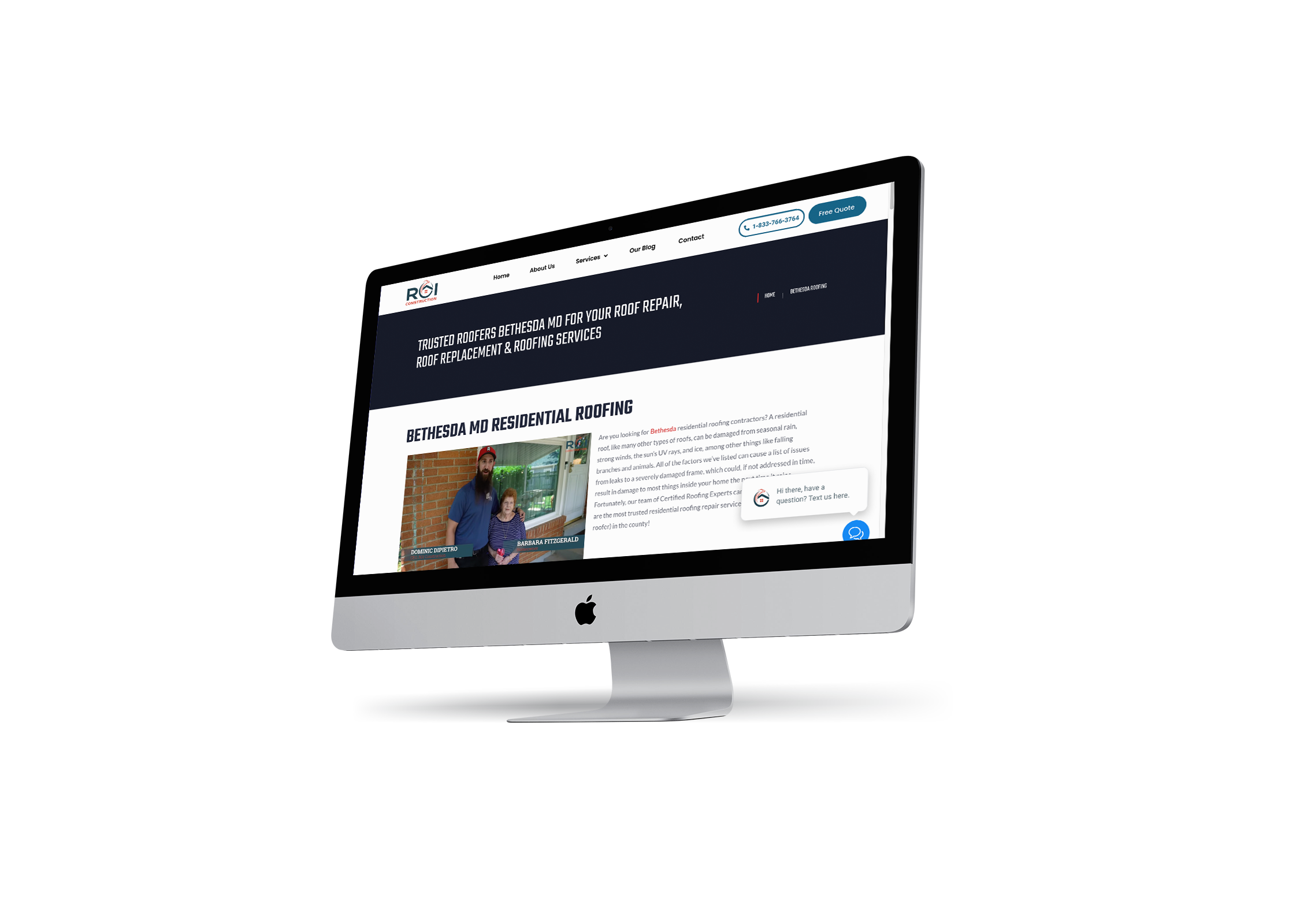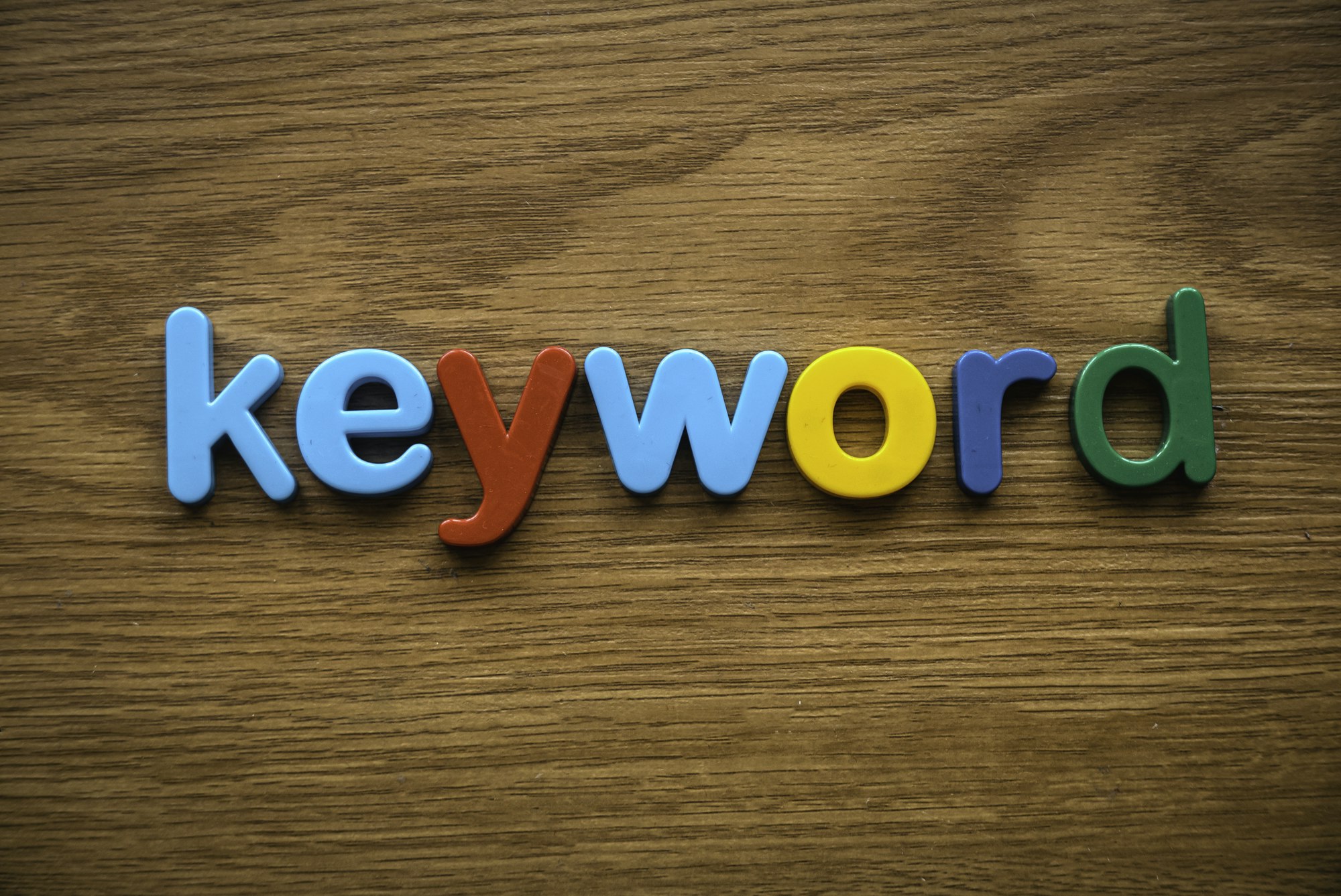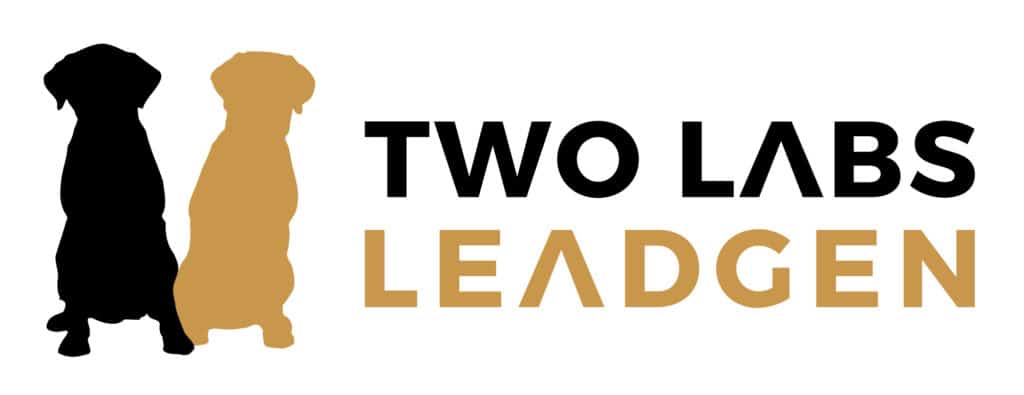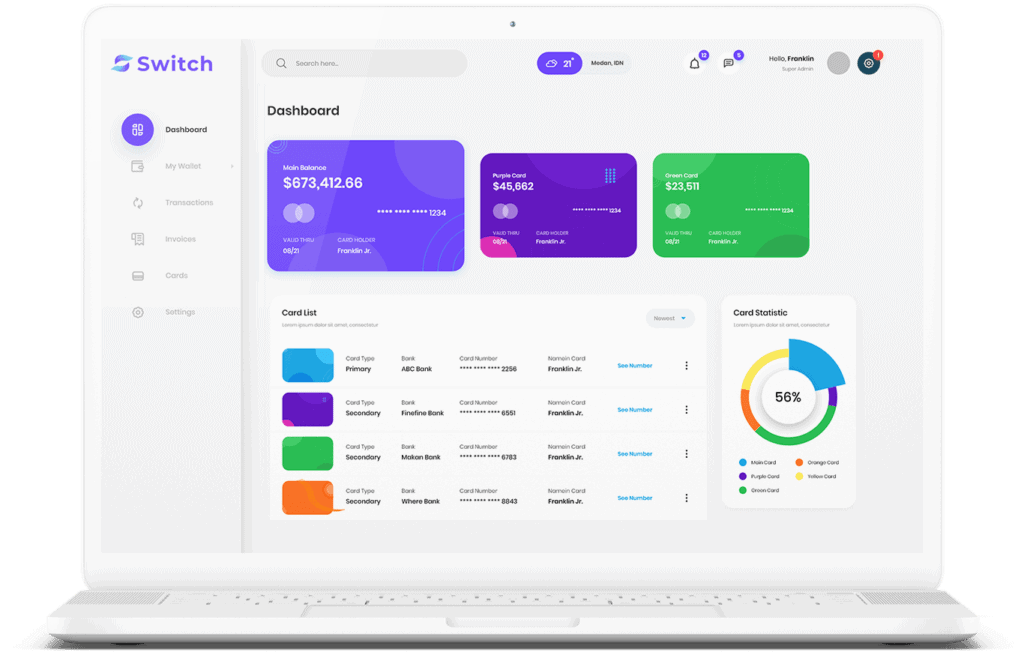You’re primed to elevate your interior design website, and SEO is your stepping stone. Don’t be overwhelmed, it’s simpler than you imagine. Utilizing our methodologies, you’ll become proficient in the craft of keyword exploration, both on-site and off-site SEO methods, and local SEO tactics. You’ll understand how to gauge your triumph and stay in tune with the ever-evolving world of SEO. So, let’s get our hands dirty and plunge into the SEO universe. Your website’s discoverability won’t enhance itself, after all.
Key Takeaways
- Implement SEO techniques to improve online visibility and attract more potential clients
- Focus on design aesthetics to create a visually pleasing website that keeps visitors engaged
- Conduct thorough keyword research to drive targeted traffic to your site
- Utilize off-page SEO strategies such as link building and social media engagement to increase visibility and credibility.
Understanding SEO for Interior Design
Before you can effectively optimize your interior design website, you’ve got to grasp the basics of Search Engine Optimization (SEO). The strength of your SEO implementation can drastically impact your online visibility. Understanding SEO in the context of interior design isn’t just about knowing how to use keywords, but also about how your design aesthetics impact your SEO.
Your website’s design aesthetics aren’t just there to look good. They serve a greater purpose: to keep visitors on your site longer, thus decreasing your bounce rate and increasing your chance of ranking higher on search engine results pages. Your design aesthetics should be visually pleasing, easy to navigate, and quick to load. If they aren’t, you risk losing potential clients who will quickly bounce off your site.
Strategically incorporate your chosen keywords into your site’s content, headers, meta descriptions, and URLs. But remember, don’t overdo it. Keyword stuffing can lead to penalties from search engines. Be strategic and analytical in your approach to SEO implementation, focusing not just on stuffing your site with keywords, but on providing valuable, engaging content that attracts and retains visitors. This approach will ultimately improve your SEO and increase your site’s visibility.
Keyword Research Basics
While it’s crucial to understand how your website’s design aesthetics and content strategy affect your SEO, you shouldn’t overlook the importance of keyword research, which forms the backbone of any successful SEO campaign. This process involves identifying relevant words and phrases that people are using to search for the services or products you offer.
You can start by conducting a competitor keyword analysis. This doesn’t mean you’re copying your competitors, rather it’s about understanding the keywords they’re ranking for. You’ll gain insight into the market, and can potentially leverage these keywords to drive traffic to your site.
Additionally, consider the usage of long-tail keywords. These are phrases that are very specific to what you’re selling. Yes, they might get less search traffic, but they also usually have less competition and a higher conversion rate. For instance, instead of focusing on ‘interior design’, you could target ‘modern interior design for small apartments’.
On-Page SEO Techniques
After mastering keyword research, you’re now ready to dive into on-page SEO techniques, which will significantly boost your site’s visibility and ranking on search engine results. To fully optimize your interior design website, you need to strategically implement the following tactics:
- Meta Descriptions Optimization: Craft compelling, keyword-rich meta descriptions for every page on your site. This not only increases click-through rates but also enhances SEO.
- Image Alt Text: Always include descriptive, keyword-focused alt text for images. This improves accessibility and boosts your site’s visibility in image searches.
- Quality Content: Ensure your content is high-quality, informative, and keyword-optimized. Google rewards sites that provide value to users.
- Internal Linking: Strategically link to other relevant pages on your site. This encourages prolonged site interaction and boosts page authority.
- Page Speed Optimization: Improve your site’s loading speed. A fast-loading site enhances user experience and aids in search engine ranking.
Off-Page SEO Strategies
Now that you’ve got a handle on on-page SEO techniques, it’s time to explore the other half of the SEO equation: off-page SEO strategies. This is where link-building tactics and social media influence come into play. Off-page SEO is all about strengthening the reputation and authority of your site through other reputable sites.
Link-building tactics are crucial. You’ll need to create high-quality content that others want to link to, but also reach out to bloggers and influencers in your field. Guest posting on relevant blogs, and getting your website mentioned in industry round-ups or design guides can be powerful.
Don’t underestimate the social media influence either. While social media links don’t count the same as traditional backlinks, they can still influence your site’s SEO. Remember, social media is a tool for engagement, and interaction boosts visibility. Share your content, engage with your audience, and foster relationships with influencers. Google sees this activity and recognizes your website as a valuable resource.
Mastering off-page SEO is a strategic, ongoing effort, but the rewards are worth it. With these tactics, you’ll boost your site’s authority and ranking, making your interior design business more visible online.
Utilizing Local SEO
If you’re running a local interior design business, it’s vital that you don’t overlook the importance of local SEO in boosting your online visibility. Local SEO is a powerful tool that can place your business in front of potential clients who are nearby and ready to engage with your services.
To maximize your local SEO impact, there are key strategies you should implement:
- *Local directory listing*: Ensure your business is listed and accurate in local directories like Google My Business, Yelp, and Yellow Pages. This can help increase your visibility and credibility.
- *Geotagging implementation*: Include geographical metadata on your images and content. This can significantly improve your local search results.
- *Customer reviews*: Encourage satisfied clients to leave reviews. Positive reviews can boost your local SEO rankings.
- *Local keywords*: Incorporate keywords that include your city or region. This can help you effectively target local searches.
- *Mobile optimization*: Ensure your website is mobile-friendly. Many local searches are conducted on mobile devices.
Mastering local SEO means strategically leveraging these tactics to your advantage. Remember, the goal is to attract local clients who are actively seeking your interior design services.
Measuring SEO Success
With local SEO strategies in place, it’s time to measure their success and determine how well your interior design website is performing. The key lies in analyzing traffic sources and focusing on conversion rate optimization.
You’ll need to monitor certain metrics closely. These include organic traffic, bounce rate, and the number of new visitors your website is attracting. But don’t just stop there. Dig deeper and look at the quality of your traffic. Are these visitors turning into potential clients? This is where conversion rate optimization comes in.
Below is a table highlighting the crucial aspects of measuring SEO success:
| Metric | Importance | Strategic Action |
|---|---|---|
| Organic Traffic | Indicates SEO performance | Optimize with targeted call-to-actions and improve user experience |
| Bounce Rate | Reflects user engagement | Lower by improving site navigation and content relevance |
| Conversion Rate | Measures business outcomes | Optimize with targeted call-to-actions and improved user experience |
Staying Updated With SEO Trends
In the ever-evolving landscape of SEO, it’s crucial for you to stay abreast of the latest trends and updates. Understanding the nuances of SEO algorithms and the importance of link-building is pivotal to your online growth and visibility.
To ensure that your interior design website thrives in this competitive market, you must stay updated with:
- Google’s constantly changing SEO algorithms: Google often updates its algorithms, so it’s essential to adjust your SEO strategies accordingly.
- Current link-building techniques: Link-building remains a cornerstone of SEO. Knowing the best current practices is key.
- Emerging SEO Tools: New tools and applications are continually being developed to help streamline SEO.
- Latest keyword research methods: As language and search patterns evolve, so should your keyword strategy.
- Content optimization trends: Content is king in the world of SEO. Staying updated with the latest content optimization strategies can significantly enhance your website’s visibility.
Frequently Asked Questions
How Can I Use Social Media to Enhance My Interior Design Website’s Seo?
You can boost your website’s SEO by selecting the right social media platforms and optimizing your hashtags. This will increase visibility, driving more traffic to your site and improving your search engine rankings.
How Does Responsive Web Design Affect My Site’s SEO Ranking?
Responsive web design boosts your site’s SEO ranking by enhancing mobile optimization and user experience. It ensures your site performs well on all devices, which search engines reward with higher visibility in search results.
Are There Specific SEO Tools or Software Recommended for Interior Design Websites?
Certainly, tools like SEMrush for keyword research and Ahrefs for backlink strategies are recommended. They’ll help you understand your site’s performance and identify areas for improvement in your SEO approach.
What Role Does Website Security Play in SEO for Interior Design Websites?
Website security plays a crucial role in your SEO strategy. Security certificates enhance user trust, while malware detection protects your site’s integrity. Both factors influence your ranking, reflecting your commitment to a secure user experience.
How Do I Handle SEO for Multilingual Interior Design Websites?
You’ll need to incorporate keyword localization and cultural adaptation. Translate your content, but also adapt to local searches and cultural nuances. It’s not just about language, but also understanding your audience’s unique preferences.
